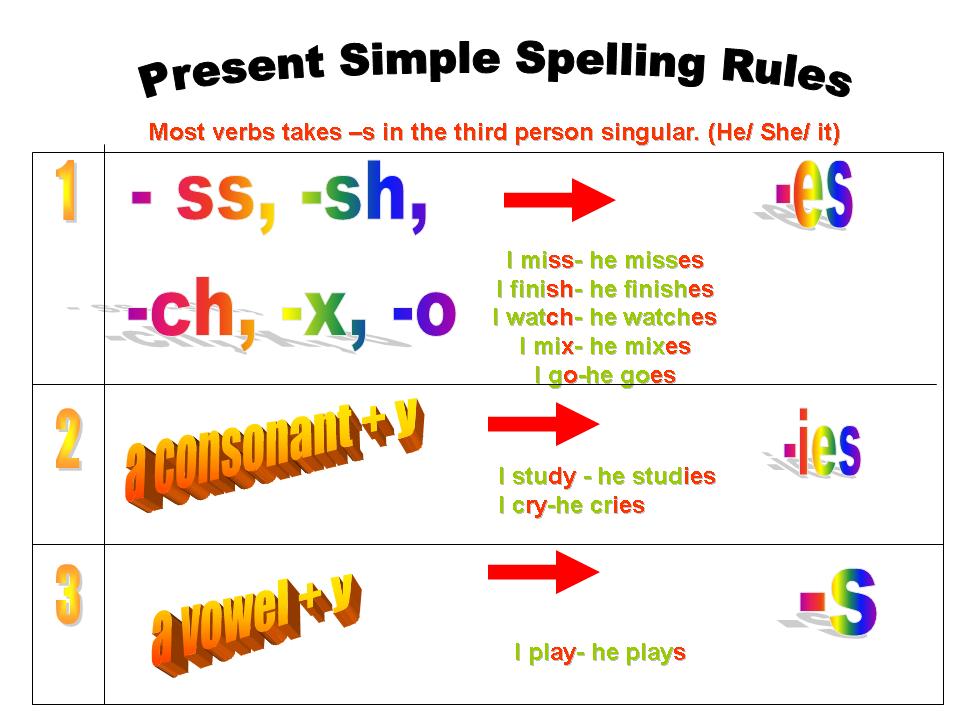Future Tenses 😉
 😎How do you say about the things that have not happened yet and will happen in the future? You will be interested to know the format of the sentences which talk about the future. Interesting? Let’s learn how to use tenses in the future tense.
😎How do you say about the things that have not happened yet and will happen in the future? You will be interested to know the format of the sentences which talk about the future. Interesting? Let’s learn how to use tenses in the future tense.
Types of Future Tense:
- Future Progressive Tense
- Simple Future Tense
- Future Perfect Tense
- Future Perfect Progressive Tense
Future progressive Tense
indicates continuing action, something that will be happening, going on, at some point in the future. This tense is formed with the modal "will" plus "be," plus the present participle of the verb (with an -ing ending):
For example:
| Singular | Plural |
| I will be walking | we will be walking |
| you will be walking | you will be walking |
| he/she/it will be walking | they will be walking |
Simple Future Tense
- It is also used to denote facts or events of certainty
- It is used to give a warning or take a spontaneous decision
- To express readiness
- Make an offer or suggestion using ‘shall’
- To give an invitation or an order to someone
It can be used in affirmative, interrogative and negative sentences. Both ‘shall’ and ‘will’ can be used in simple future tense sentences, but modern English uses ‘Will’ rather than ‘shall’.
| Singular | Plural |
| I will walk | we will walk |
| you will walk | you will walk |
| he/she/it will walk | they will walk |
Future Perfect Tense
indicates that an action will have been completed (finished or "perfected") at some point in the future. This tense is formed with "will" plus "have" plus the past participle of the verb (which can be either regular or irregular in form):
| Singular | Plural |
| I will have walked | we will have walked |
| you will have walked | you will have walked |
| he/she/it will have walked | they will have walked |
Future Perfect Progressive
also sometimes called the future perfect continuous, is a verb tense that describes actions that will continue up until a point in the future. The future perfect continuous consists of will + have + been + the verb’s present participle (verb root + -ing).
When we describe an action in the future perfect continuous
tense, we are projecting ourselves forward in time and looking back at the duration of that activity. The activity will have begun sometime in the past, present, or in the future, and is expected to continue in the future.
For example:
Let's play Kahoot game!!
Please click the url below. Enjoy!














